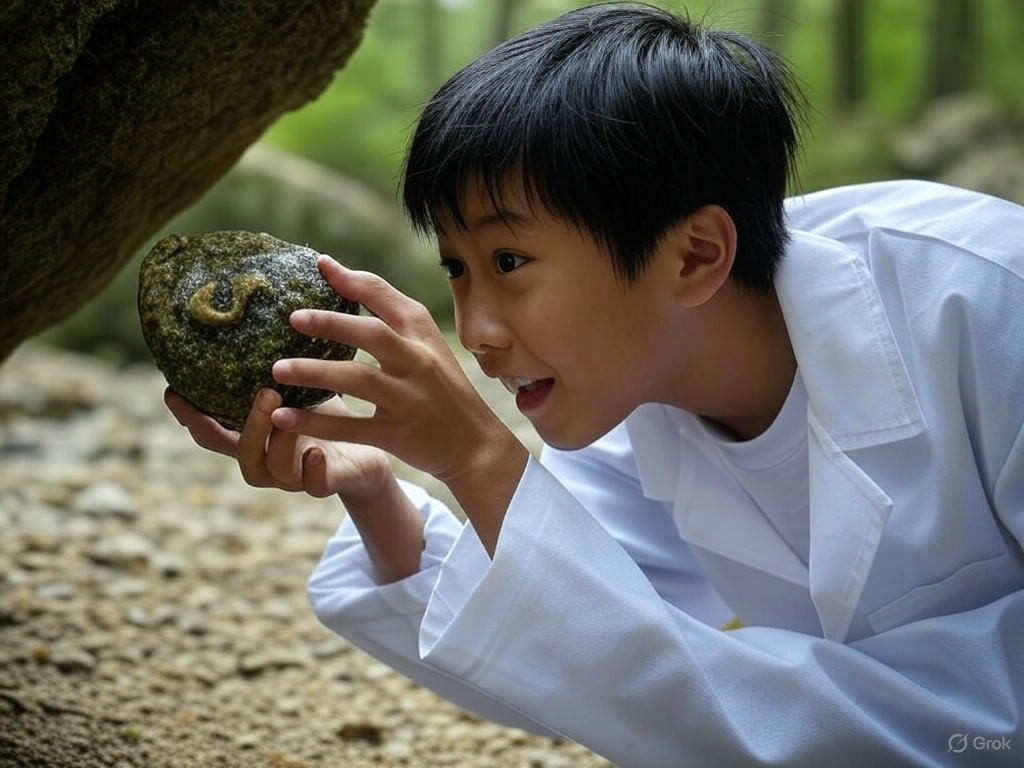Unearthing History: Student Stumbles Upon Rare Velvet Worm in South Africa’s Karoo
In a moment that could redefine our understanding of ancient ecosystems, a young student from Stellenbosch University has made an astonishing find in South Africa’s rugged Swartberg Mountains. Rohan Barnard, driven by curiosity during a field exploration in early 2022, uncovered a previously unknown species of velvet worm—a creature often dubbed a “living fossil” due to its unchanged form over millions of years. This remarkable discovery, made beneath a seemingly ordinary rock on a farm nestled between Calitzdorp and Oudtshoorn, marks the first time such a species has been identified in the arid Karoo region, an area not typically associated with these elusive organisms.
Velvet worms, belonging to the phylum Onychophora, are extraordinary relics of evolutionary history, bridging the gap between worms and arthropods. With their soft, velvety bodies and stubby legs, they have roamed the Earth for over 500 million years, largely hidden in damp, forested environments. What makes Barnard’s find so extraordinary is the harsh, dry landscape of the Karoo, a stark contrast to the moist habitats these creatures usually favor. This raises intriguing questions about how this particular species adapted to survive in such an unforgiving environment. Researchers speculate that underground microhabitats or rare seasonal moisture might have provided the necessary conditions for its persistence, hinting at a resilience previously undocumented in velvet worms.
Barnard’s discovery wasn’t just a stroke of luck; it was the result of meticulous observation during a routine exploration. While turning over rocks in search of small invertebrates, he noticed a faint movement in the soil. What emerged was a small, glistening creature, no longer than a few centimeters, with an otherworldly appearance. Recognizing its potential significance, he carefully documented the find and collaborated with university experts to confirm its status as a new species. This breakthrough not only highlights the importance of hands-on fieldwork but also underscores how much there still is to learn about Earth’s biodiversity, even in well-explored regions. The Swartberg Mountains, known for their dramatic landscapes, are now gaining recognition as a treasure trove of hidden life.
The implications of this discovery extend far beyond a single species. It challenges existing assumptions about the distribution and adaptability of ancient organisms, prompting scientists to reevaluate the ecological history of the Karoo. Plans are already underway to study the velvet worm’s genetic makeup and behavior, which could offer clues about evolutionary processes that have shaped life on our planet. For Barnard, this moment is a testament to the wonders that await those willing to look closer at the world around them. As research continues, this tiny creature may unlock big secrets about survival, adaptation, and the enduring mysteries of nature, reminding us that even in the most unlikely places, history is waiting to be uncovered.


